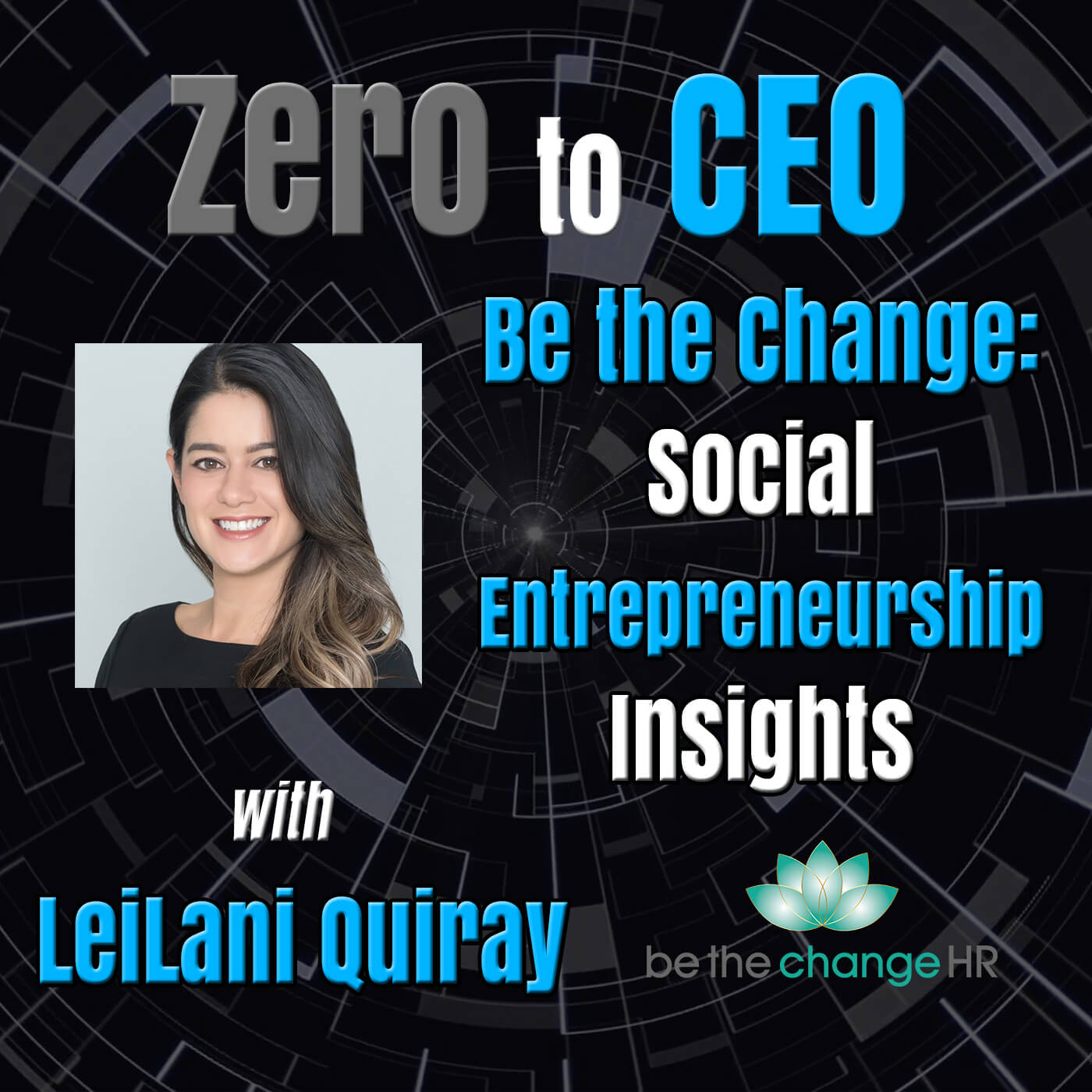Future Tech: What a moon base would be like


In this episode of Future Tech, I discuss what having a moon base would be like. The reason I want to talk about it is because NASA is planning to launch the Artemis Mission to the Moon and establish a base over the next couple of years, including the first woman on the moon and the first person of color on the moon. These are two exciting things and a lot of people say to me like well, why a moon base? Aren’t we supposed to be going to Mars? Well, an analogy I can compare it to would be to say It’s the same thing as learning how to ride a bicycle and drive a car. The moon is learning how to ride a bicycle and then Mars is learning how to drive a car. One is less difficult than the other. Tune in to hear my thoughts on what the moon base will be like!
This episode is sponsored by the world’s first productivity shot, Magic Mind. Pick some up at https://magicmind.co/boots and use my code BOOTS to get 20% off your order or 40% off your subscription within the next 10 days!
Listen to the Podcast episode here:
Or Watch the Video here:
Here’s the transcript from this podcast episode, please excuse any typos!
The moon is where we can see the Earth very easily. And in fact, it’s only about 238,000 miles away. Sounds like a lot I know. But in the scope of things. It takes three days or in the Apollo days. It took three days to get to the moon. Maybe we can get to the moon quicker today. I don’t know, because we’ll find out soon. And to get to Mars takes like seven months. So it’s a very long journey to Mars and a very short journey to the moon. So let’s say that we have a problem on the moon, we can dispatch a ship to the moon within three days. Whereas if you’re having a problem on Mars, you’re kind of Sol you have to wait seven months for, you know, a ship to arrive with supplies or whatever it is, you know, a rescue mission or whatever it is. The moon is right there. We can just pop up there. It’s like taking a trip to the other side of the world, some trips from America to, you know, India or whatever takes 24 hours. I mean, think about it for just two more days. It’s not that big of a deal, right? They used to do that on ships. Before we had airplanes.
They would take multiple day journeys and week-long journeys on ships. You know, in the old days, the ships would be month-long journeys. So three days to the moon, no big deal, which also gives us really quick communication times. So when we establish a moon base, and we have scientists working on the moon, and now it’s not a space station, right that’s going around the earth over and over. We’re established on the moon. So it’s a more solidified presence. It’s a more static presence, it’s not moving. And so the communication times are going to be like 1.2 seconds to the earth. So it’s almost near instant communication back and forth, which is pretty incredible considering on Mars once again, we’re talking like a lag of like five to 10 minutes per message. So if you send a message, they’re not going to get it for 10 minutes, when they respond, something new might have happened. So a lot of it’s going to be a lot of back and forth and potentially obsolete information and data. So NASA is planning to launch a space station called the gateway in the orbit of the moon. And this will be literally a gateway. I’m pleased to not only orbit around the moon to shuttle supplies to and from Earth. I will be able to get food and fuel and you know all sorts of supplies to the moon much easier through the gateway but it’s not just going to be an orbiting station for the moon.
It’s going to be orbiting let’s say a launch pad or almost like an airport or a spaceport to launch other missions to outer space. Here’s the thing when we launch rockets and shuttles and ships from earth to space, as we all know, it’s very expensive, very difficult and dangerous. And we have to escape the atmosphere. So the thrust and the fuel and the burning and all the stuff we need to get out of the atmosphere is very difficult. If we have a spaceport revolving around the moon, which has 1/6 of the Earth’s gravity, first of all, it’s going to be a cinch to launch in outer space because there’s really no gravity holding us back. Sure there’s going to be some but it’s just not it’s not going to be close to enough plus, on the moon there’s so much REgolith and potentially water in the ice caps they found to create fuel for the missions. We want meters. We won’t need the resources that we’re wasting here on Earth. The goal is to be able to have deep space missions in outer space in interstellar space using mood easing at night as a launch pad as a point of execution for our missions. That’s going to be huge and it’s going to dramatically drop the price down potentially the dangers and also the speed of these missions. Because sometimes we wait, you know, we waited 20 years for the James Webb Space Telescope. I mean, maybe we can get it done in five years next time from the moon, or even one year who knows. So I’m excited to find out what kind of missions take place once we’re on the moon and this and folks this is going to be happening within the next couple of years. So pay attention to the Artemis missions.
So now for the fun stuff. What kind of things do we get from having a moon base? I mean, we get it, we can do these deep space exploration. We’ll have an established base on the Moon. Obviously we’re going to be doing experiments, scientific experiments, possibly growing plants on the moon, who knows and that’s one of the first things we’re going to figure out is what can we do with the composition of the moon? We know there’s a regolith, which is like very fine dust all over the moon. And there are these rocks all over the moon that contain minerals and chemicals that we can use to create new technologies and we’re gonna figure that out as we’re more established. Because when we’re there daily, constantly working on the moon. It’s going to be a lot better than the Apollo days where we only had a couple of days to bring back some stuff and figure it out. And it’s been a long time. I mean, the seven days were the last time you were on the moon. So we’re talking 50 years. We gotta get back up there and figure out what is on the moon in general.
Not only that, but let’s put it this way. The earth is very noisy. There are so many satellites and signals and noise and sounds and lights coming from the earth. So if we can set up planetary and space observing instruments and devices on the Dark Side of the Moon, we will be able to know, space will become untapped. We will be able to see and hear so clearly all of the things that we still don’t know a lot about, such as black holes. We will be able to detect black holes using instruments that are hard that are hard for us to use on the earth plus on the earth. We have to get through the atmosphere right, we have to get through clouds and debris and satellites. So our telescopes can see really well as we know we’ve been seeing images for decades now. But imagine if we’re on the moon with an unobstructed view of what’s out in space, we will be able to uncover so much more now this helps us in a lot of different ways. First of all, having a bird’s eye view of the Earth. From the moon means we can detect its magnetism and we can detect Near Earth Objects. We can check the weather, whether it’s space weather, Moon weather, Earth weather, we’ll be able to learn a lot more about a lot of things just by being on the moon full time. And this is only going to help humanity in the long term. So you know, I’m no expert. I don’t know the exact types of things we’ll be able to learn by doing this but I know that it’s going to help us learn more about the Earth, the Sun, the Moon and Other planets as well because we’re gonna have a different type of unobstructed view and be able to use instruments in a whole new way. Something else that really interests me is the fact that we are constantly burning fossil fuels and using these carbon emitting, you know, resources and processes to create things for Earth. If we can potentially move some of these facilities to the moon, we would be offsetting all of the climate change and the global emissions that were causing on Earth by moving them to the moon. Plus there are so many precious resources on the moon that we’ll be able to tap into like I mentioned before, like silicone and rare earth elements that we are having trouble in the supply chain today getting like titanium and aluminum and precious metals. And there’s helium three.
There’s this really cool show I love called for all mankind and it’s the space race that would have happened if America and Russia never really stopped the space race. And they’re always talking about helium three, and how it’s going to be a fuel source for the future and how it’s so abundant on the moon. So we’re going to be mining helium three, in order to propel our future missions without tapping into the resources of Earth. It’s a no brainer, and as was recently discovered in the past 510 years. The polar ice caps the polar regions of the moon. There is definitely ice and water there. They’ve seen it on I guess, instrumentation they’ve used to deduce this. If we can be near those polls, we will have more access to water which is obviously extremely needed. And also, one of the most notable things is the sunlight that the moon gets. So we can use solar energy Well, way more than we can use it on earth because the days that have sun are much longer than they are on earth. So there might be like, I don’t know how many days, maybe a week’s worth of Sun all in one shot without ever getting them. So all that solar energy we can tap into it on the moon, to power everything. That’s going to be huge. And then of course, there’s the issue that people mentioned as well. How are we going to live on the moon? Obviously, we’re going to be living inside bases. Now. breathable air, that’s not going to be too much of a problem because the moon’s the moon’s dust contains oxygen so we’ll be able to extract air from the moon’s dust.
They’ve got to figure out obviously how to do it but once they figure it out, it’s going to be easy to get oxygen from the moon dust. And also of course, food now if we have water from the moon, that’s good. We have oxygen for the moon. That’s good. We won’t have food on the moon and love to grow it on the moon. Of course, that means that’s going to take decades. But that’s where the gateway comes in. If it’s a three day trip, and I’m sure Elon Musk’s SpaceX and whoever else out there can figure out a much quicker way to get to the moon and back. We can get we can have shuttles basically have shuttles going back and forth, sending through to the moon and sending back resources to the earth. So it’s kind of like a trade off like we give you guys food and resources and materials and you guys send us helium three and titanium and aluminum and moon dust and other things like that. So it sounds like a good trade off to me. Either way, I’m excited for the moon base. I’m excited for the Artemis mission I’ve been following closely. NASA is incredible with all the great technological advances they’re making. Check them out on Twitter and on YouTube and all their launches and things like that. I’m always checking them out. What are you excited about when it comes to a moon base? Do you think we’re going to have it the next couple of years like they say we will? What do you think living on a moon base will be like? What do you think working on a moon base will be like? I’d like to hear your thoughts in my comments. So leave him in there and I’ll get back to you. And as always, I’ll see you in the next episode.
![]()





